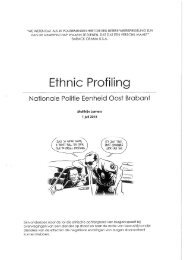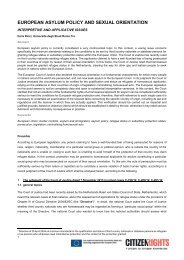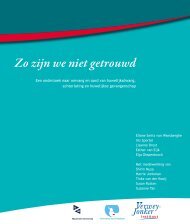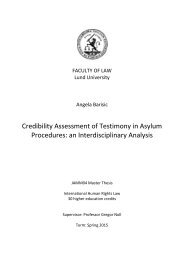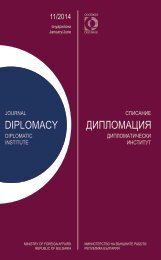AEMI
AEMI-2016-web
AEMI-2016-web
You also want an ePaper? Increase the reach of your titles
YUMPU automatically turns print PDFs into web optimized ePapers that Google loves.
From Migrations to New Mobilities in<br />
the European Union: Italians in Berlin<br />
Between Anomie and Multi-situated<br />
Identity<br />
Daniele Valisena<br />
Introduction<br />
“Une ville transhumante, ou metaphorique,<br />
s’insinue ainsi dans le texte clair de la<br />
ville planifiée et lisible” 1 . (A transhumant<br />
or metaphoric city arises in the once<br />
clear text of the planned and readable<br />
city). This statement, written more than<br />
35 years ago by Michel De Certeau,<br />
perfectly highlights the relationship between<br />
urban space and new forms of<br />
mobility in the European Union. Globalized<br />
world cities are transformed into<br />
havens of many transnational patterns.<br />
The French historian and anthropologist<br />
individuated in the passage dimension<br />
(le voyage), the key perspective to study<br />
the links between urban spaces and life<br />
practices of these new social actors. This<br />
transnational perspective is more than<br />
ever a must for researchers who want to<br />
focus on intra-European migrations at<br />
a time in which national paradigms as<br />
well as political and ethnical networks<br />
are losing their power to gather, influence<br />
and direct human patterns.<br />
The 2008 crisis revealed not only the<br />
economic contradictions and disparities<br />
between North and South Europe; it has<br />
also cut the bond that tied a generation<br />
of high skilled workers and globalized<br />
multicultural people, mostly under 35<br />
years old, to their countries, giving them<br />
the opportunity - or the necessity - to<br />
leave and to enter in a brand new pattern<br />
of life that, for its specificities can not<br />
be identified as a traditional migration<br />
flow. As Sayad wrote 2 , they experience a<br />
double absence: they have been left behind<br />
by state welfare and work polities<br />
and their inclusion in the self-narration<br />
discourse of the immigration country is<br />
linked to the still very fragile concept of<br />
European identity. Besides they mostly<br />
do not have the opportunity or the will<br />
to participate in the internal politics of<br />
host states. On the contrary, states like<br />
Germany and the United Kingdom, and<br />
also Belgium, are actively working to<br />
re-nationalize this particular intra-European<br />
migration wave, introducing what<br />
Edith Pichler recently called new exclusive<br />
“citizenship mechanisms” 3 .<br />
Furthermore, the fragmentation of<br />
the labor market, the short term future<br />
assured by most of their precarious jobs,<br />
unite with the ease with which they can<br />
move to another city or another country,<br />
can lead to a new form of anomie: no national<br />
affiliation, no welfare state polity,<br />
no social status increase through labor,




